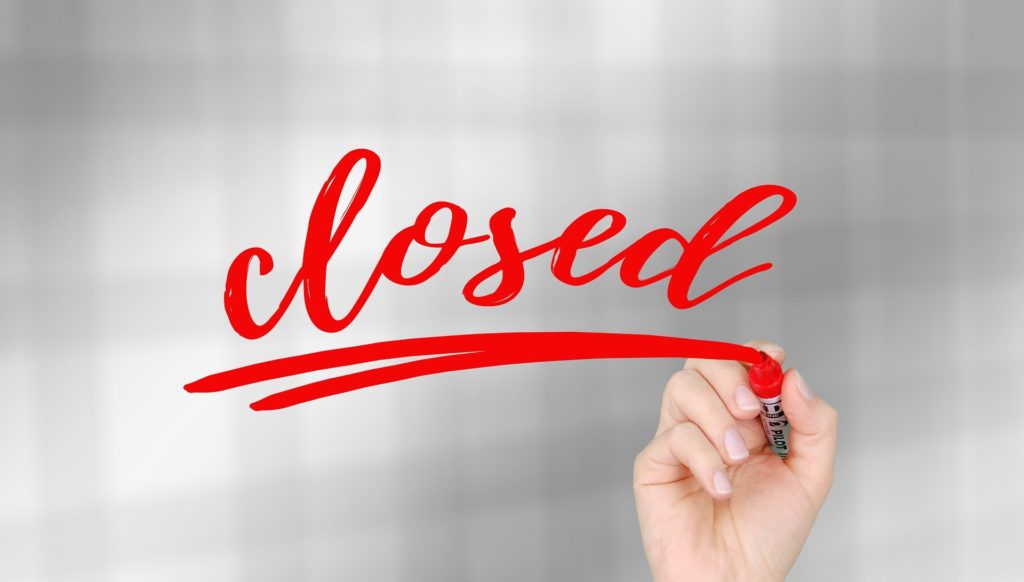There are numerous reasons you may wish to close your limited company, from approaching retirement, switching operating structures due to IR35 reform or as your business has reached its natural end. Driving factors behind operating through a limited company may be the financial set-up and the associated credibility, however, as legislative measures change and employment opportunities vary, limited company contractors may switch structures.

Jon Munnery of UK Liquidators explains the intricacies of the decision-making process and how this will ultimately be determined by the financial health of the business and whether the action is taken on a voluntary or involuntary basis.
Members’ Voluntary Liquidation
A Members’ Voluntary Liquidation (MVL) is a formal company closure procedure suitable for profitable businesses with a substantial sum of retained profits. If your business is cash-rich with reserves of £25,000 or more and you wish to have it struck off, you can do so under the advice and guidance of a licensed insolvency practitioner. Your business must be solvent and therefore able to settle outstanding liabilities within 12 months for an MVL to be recommended.
This is a popular route for healthy businesses as it allows you to distribute profits to shareholders in a cost-efficient manner. Retained profits will be treated as capital, rather than income, which presents tax savings. If eligible, you may also be able to claim Business Asset Disposal Relief, formerly known as Entrepreneurs’ Relief until April 2020. If you qualify, you will be able to benefit from a Capital Gains Tax flat rate of 10% on qualifying gains. The lifetime limit was recently reduced from £10 million to £1 million to crack down on tax relief exploitation by higher rate taxpayers.
Creditors’ Voluntary Liquidation
A Creditors’ Voluntary Liquidation (CVL) is a voluntary company liquidation procedure for contingently insolvent or insolvent businesses. This route is typically taken by directors following months of debt build-up and after exhausting every rescue route. The CVL process consists of realising asset value to generate funds which are then used to pay creditors. Any remaining debts are likely to be written off and the company will then be removed from the Companies House register upon closure.
Compulsory Liquidation
If your business is insolvent and has received a winding up order, it will be forced into compulsory liquidation. A winding up petition issued by a creditor attempting to recover debts will precede this. This path can only successfully be taken by creditors after every resort has been explored to collect money owed. You will be notified of any legal action launched against your business, at which point you will be able to challenge the petition, negotiate an agreement or allow the business to be struck off.
Selling Shop – Exploring alternatives to company liquidation
As an alternative to a company liquidation, you may consider beginning the search to sourcing a suitable buyer for your business. By placing your business on the open market, you can attract a new business owner with the relevant experience, skillset and knowledge. By transferring ownership and accepting an offer that matches market value or beyond, you can comfortably exit from your company as an ambitious buyer takes the head seat.
To pave an exit route out of your business, you will need to prepare your business for the sale process. This consists of streamlining business operations, engineering efficiency and bringing your financial reporting up to date. You will need to conduct a valuation of your business to calculate how much your business is worth and determine a sale price accordingly. To kickstart the business sale process, enlist a business transfer agent to unlock access to a vast database of buyers on the search for their next acquisition.
More on how to close you limited company and limited company taxes.


Follow Company Bug